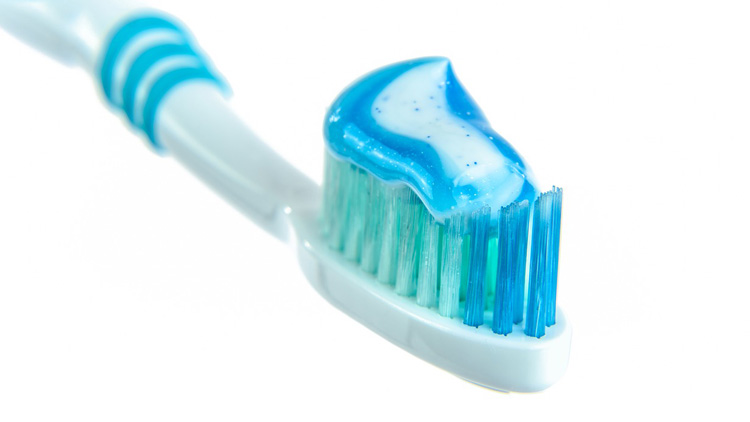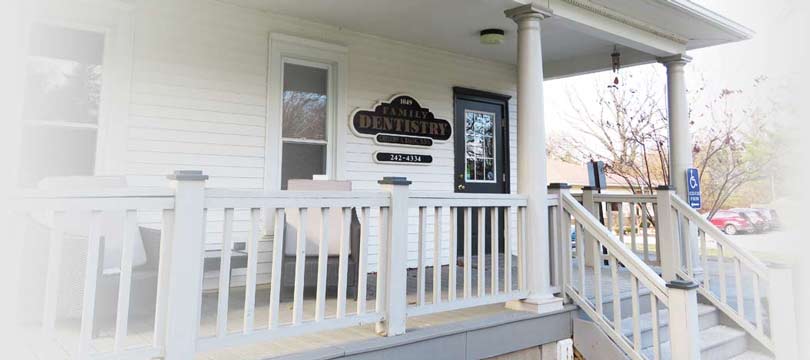
If you’re one of those shoppers that stands in the toothbrush aisle looking at all the options, unsure what to buy, you’re not alone. With so many choices out there, it’s bound to be confusing. Here are some pointers on choosing the right toothbrush for you.
Types of Toothbrushes
Toothbrushes range from cheap to pricey, have hard or soft bristles, come in an assortment of shapes and sizes, and some even do the work for you. So what’s the real deal?
Bristle Firmness
Most dentists agree that toothbrushes with soft bristles are the best ones for your teeth. That’s because the harder the bristle, the more damage they can do to your teeth and gums. This is especially true if you’re a vigorous brusher or have sensitive teeth. But soft-bristled brushes effectively remove plaque and debris from your teeth without harming them, and they’re ideal for children as well.
Bristle Shape
The shape of the bristles doesn’t matter as much, but you do want to be careful with brushes that have overly pointed bristles. Look for ones with rounded tips. And it doesn’t matter if you have a toothbrush that claims to clean better because it has multi-angled bristles versus flat ones, because research shows that’s not true.
Brush Size
Smaller toothbrush heads are better because they can reach more places inside your mouth, like back teeth. A general rule of thumb is that your toothbrush should only cover two teeth at a time at most and should fit comfortably in your hand.
Brush Type
In the past Consumer Reports made no real distinction between electric and standard toothbrushes. However, an analysis by research organization Cochrane found that “powered toothbrushes reduce plaque and gingivitis more than manual toothbrushing in the short and long term.”
In addition to the study, here’s when an electric toothbrush may be the better option for you:
- You tend to brush hard. They’ll do the work for you, meaning lighter pressure which will reduce the chance of damage to your teeth or gums.
- You need extra help. Those with arthritis or harder to brush teeth could benefit from a brush that does most of the work.
- You don’t brush for two minutes. Electric brushes have auto-shutoff, meaning they know when two minutes is up.
What Really Matters
The bottom line when choosing a toothbrush comes down to a few key things:
- Selecting a brush that works for your lifestyle
- Choosing a brush that doesn’t make your teeth hurt or your gums bleed
- Looking for the American Dental Associations (ADA) seal of approval, which means that it meets the standards for both cleaning your teeth properly and doing so safely
It’s also important to remember that no matter what type of toothbrush you choose that you follow your dentist’s recommendations regarding brushing:
- Brush every day, twice a day, for two minutes each time
- Replace your toothbrush when the bristles start to wear down or about every three months
- Be sure to floss daily
- Choose a non-abrasive toothpaste that has the ADA seal of approval
If you have any questions, feel free to ask Dr. Balog and the team during your next appointment.

 Request an Appointment
Request an Appointment